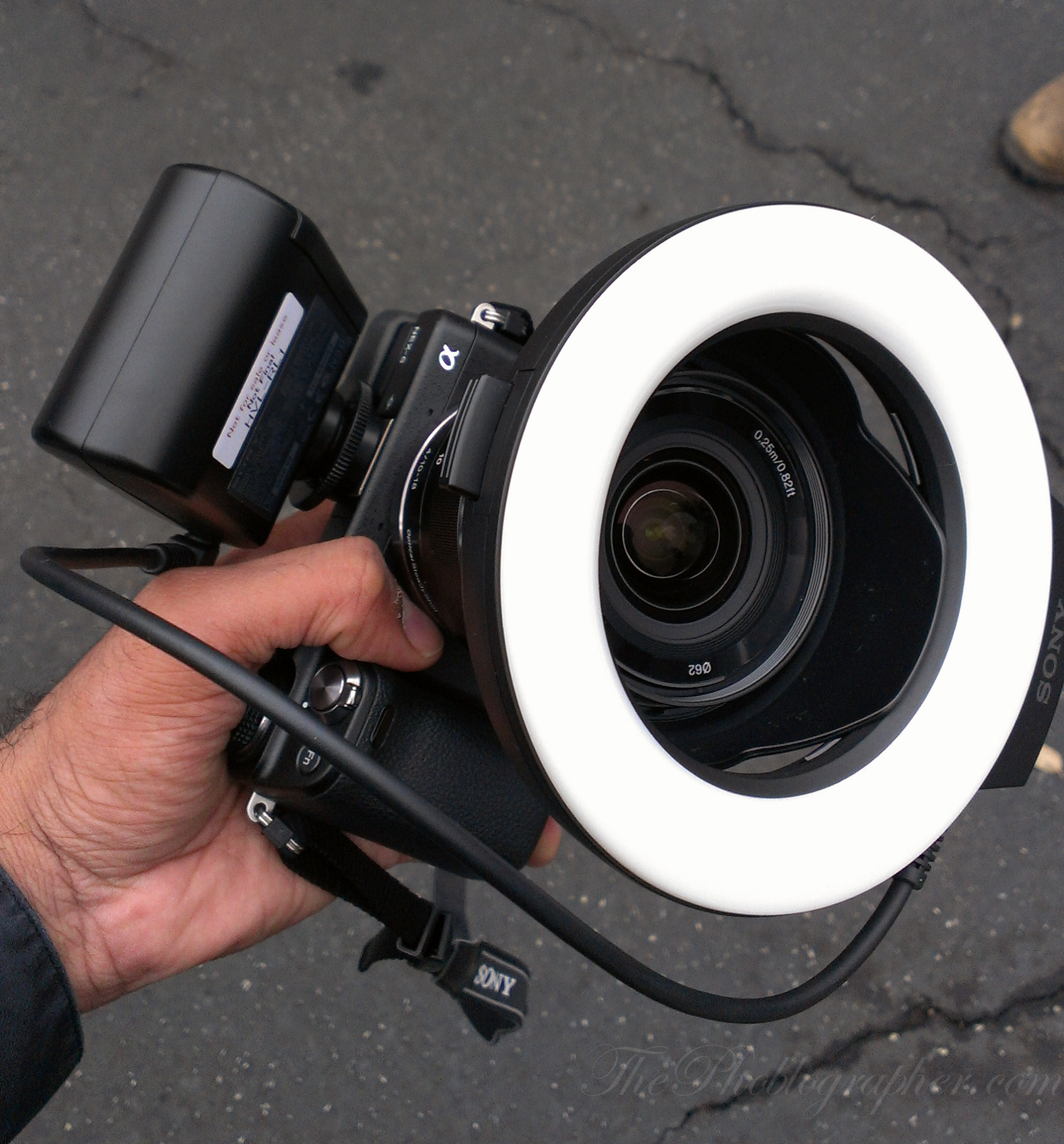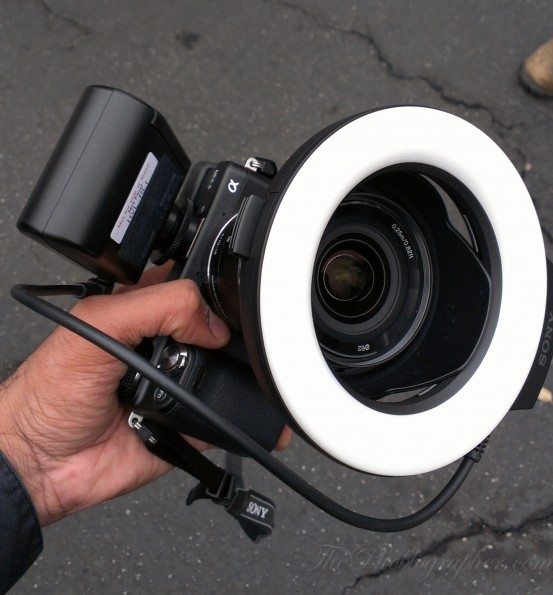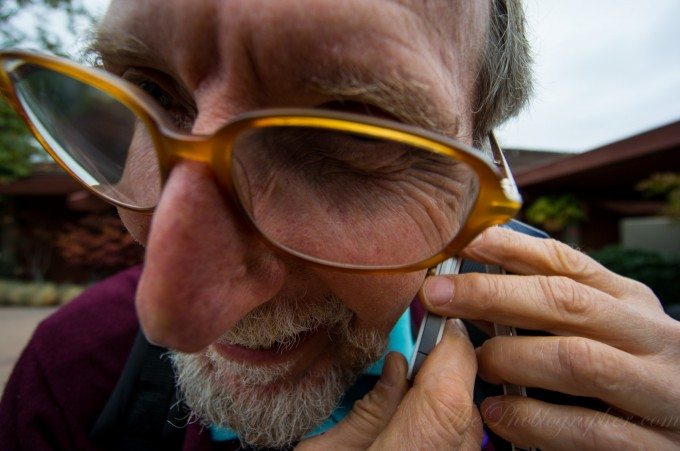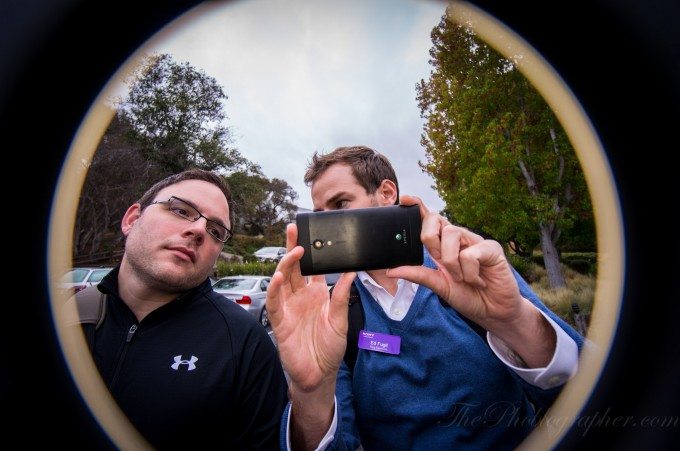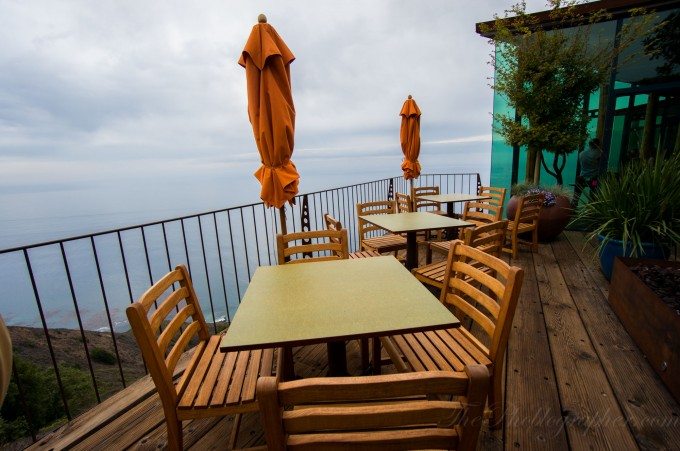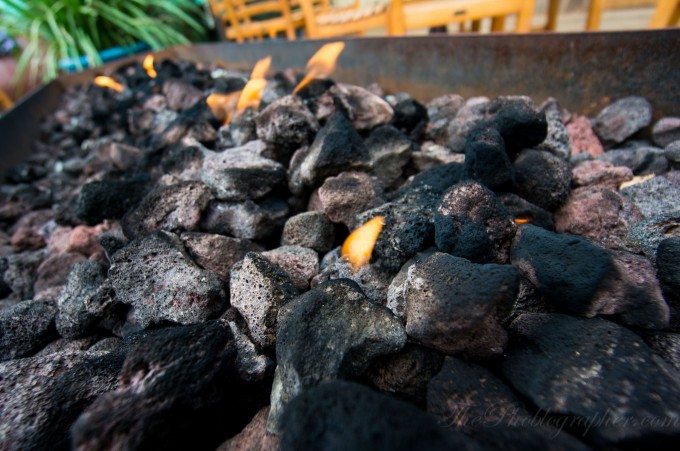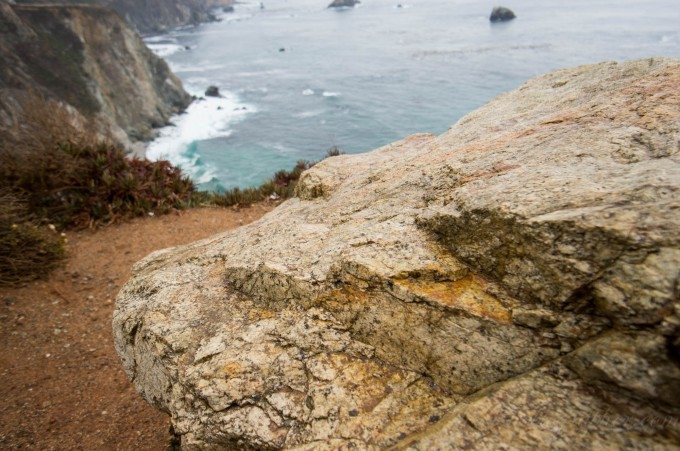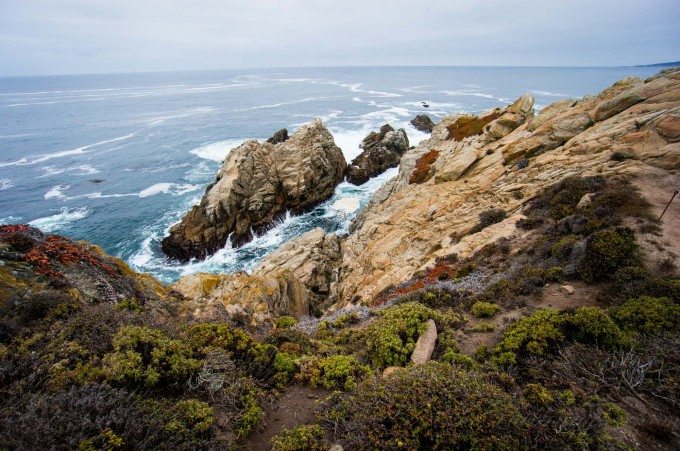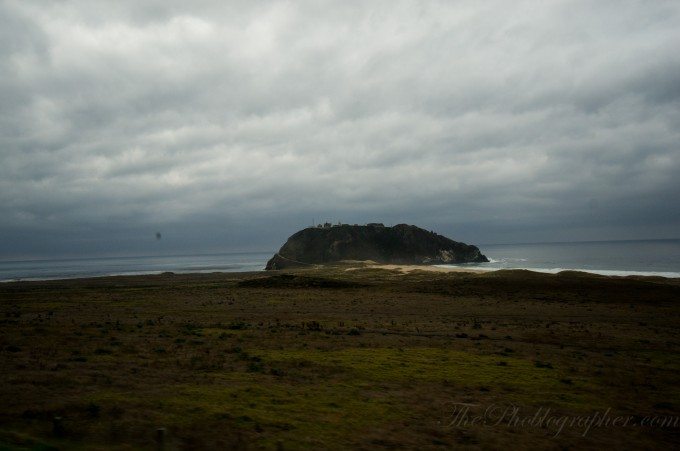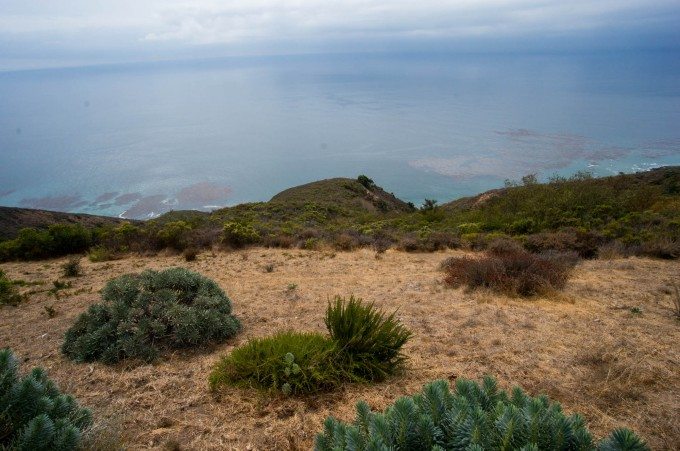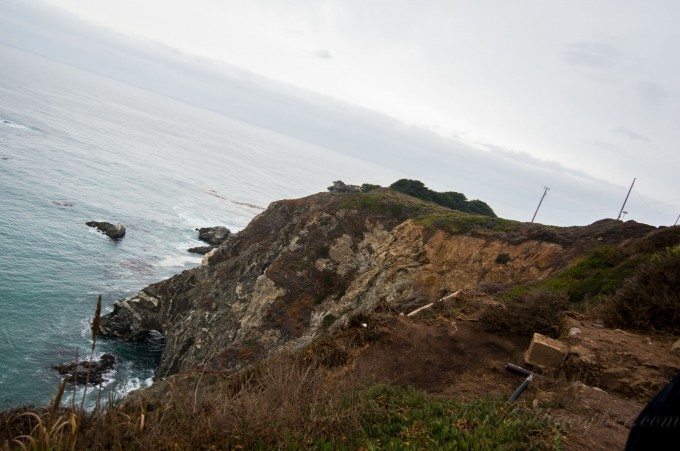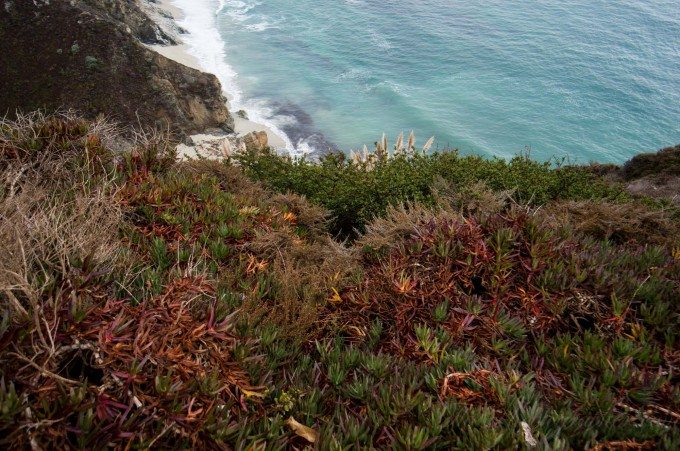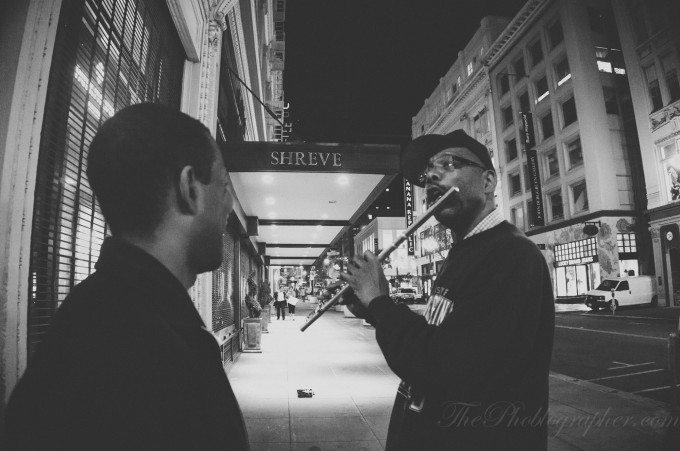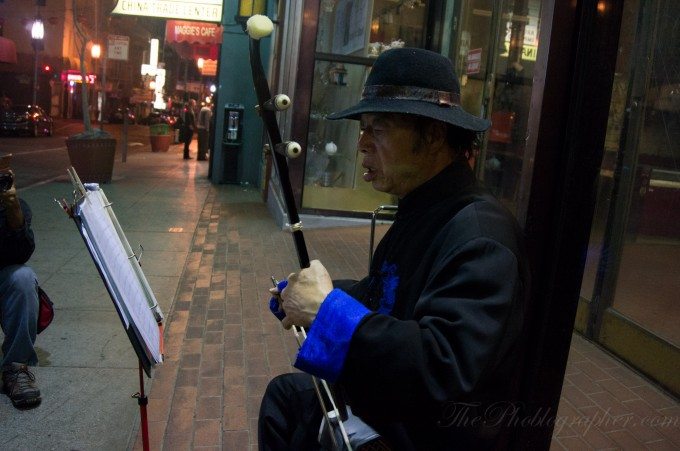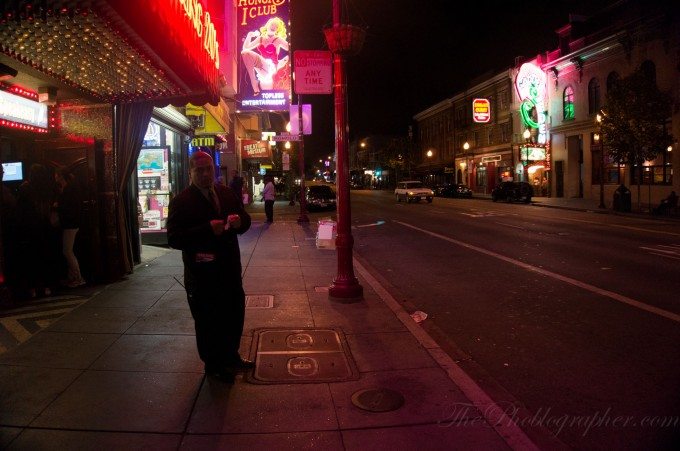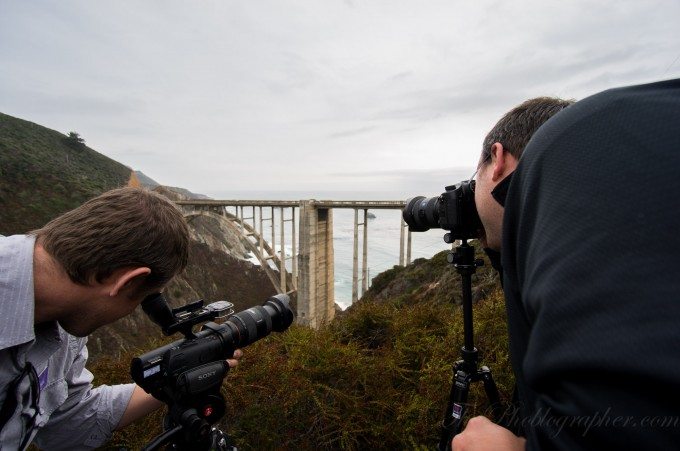Last Updated on 10/29/2012 by Chris Gampat
Like many other journalists, I spent a week in California with Sony; trying out their gear and getting myself into trouble while doing so. It was fun. On the trip, the company brought out their latest addition to the NEX line of cameras: the NEX 6. Though I was still personally much more smitten with their full frame sensor products, the NEX 6 felt like the perfect fusion between the NEX 7 and the previous 5n.
And man, can it deliver.
Before we go on though, you can check out more coverage from the event:
Gear Used
On this event, we used the NEX 6, 10-18mm f4, 35mm f1.8, 16-50mm Power Zoom lens, and the company new ring light.
Tech Specs
Specifications taken from the B&H Photo Video listing of the item.
| Imaging | |
|---|---|
| Lens Mount | Sony E Mount |
| Camera Format | APS-C (1.5x Crop Factor) |
| Pixels | Actual: 16.7 Megapixel Effective: 16.1 Megapixel |
| Max Resolution | 16MP: 4912 x 3264 @ 3:2 |
| Other Resolutions | 13.6MP: 4912 x 2760 @ 16:9 7.1MP: 3568 x 2000 @ 16:9 3.4MP: 2448 x 1376 @ 16:9 8.4MP: 3872 x 2160 @ 16:9 8.4MP: 3568 x 2368 @ 3:2 4MP: 2448 x 1624 @ 3:2 23MP: 12416 x 1856 15MP: 8192 x 1856 12MP: 5536 x 2160 1 |
| Sensor Type / Size | CMOS, 23.5 x 15.6 mm |
| File Formats | Still Images: JPEG, RAW Movies: MPEG-4, MPEG-4 AVCHD Audio: AAC |
| Bit Depth | Not Specified By Manufacturer |
| Dust Reduction System | Y |
| Noise Reduction | Yes |
| Memory Card Type | Memory Stick Pro Duo Memory Stick PRO HG-Duo SD SDHC SDXC |
| Image Stabilization | Not Specified By Manufacturer |
| Focus Control | |
|---|---|
| Focus Type | Auto & Manual |
| Focus Mode | Single-servo AF (S), Continuous-servo AF (C), Manual Focus (M) , Focus Lock AF Area Mode |
| Autofocus Points | 99 |
| Exposure Control | |
|---|---|
| ISO Sensitivity | Auto, 100-3200 (Extended Mode: 3200-25600) |
| Shutter | Type: Electronic Speed: 30 – 1/4000 sec in Bulb Mode |
| Metering Method | Spot metering, Center-weighted average metering, Multi-zone metering |
| Exposure Modes | Modes: AE Bracketing, AE Lock, Aperture Priority, Auto, Manual, Programmed Auto, Shutter Priority Compensation: -3 EV to +3 EV (in 1/3 EV steps) |
| White Balance Modes | Auto, Cloudy, Custom, Daylight, Flash, Fluorescent, Incandescent, Shade 2 |
| Burst Rate | Up to 10 fps for up to 16 frames |
| Performance | |
|---|---|
| Continuous Shooting | Up to 3 fps |
| Self Timer | 10 sec, 2 sec |
| Connectivity | HDMI C (Mini) |
| Software Requirements | Windows: XP (SP3), Vista (SP2), 7 Mac: OS X 10.3 or later |
| Power | |
|---|---|
| Battery | 1x NP-FW50 Rechargeable Lithium-Ion Battery Pack, 7.2VDC |
| AC Power Adapter | AC-UB10 (Included) |
| Operating/Storage Temperature | Not Specified By Manufacturer |
| Physical | |
|---|---|
| Dimensions (WxHxD) | 4.8 x 2.8 x 1.1″ / 12.2 x 7.1 x 2.8 cm |
| Weight | 10.1 oz / 286 g camera only |
Autofocus
First off, the NEX 6 is deadly fast in its focusing. It still can’t match the Olympus OMD EM5, but it is surely up there. It was able to quickly snatch photos of bees moving around. However, I couldn’t help but fight the feeling that the camera could have been even faster if it had a touch screen due to the fact that I could tell it immediately where I wanted it to focus. At certain times, it didn’t always focus on what I wanted it to.
The problem stated above wasn’t always an issue though: when the camera was switched into manual focusing mode it was easier for me to sometimes just manually focus on my subject. Thankfully, Sony’s peaking is still making the NEX series above the rest in terms of manual focusing.
The camera can also switch focusing modes quickly by using the Fn button near the shutter release; sadly though, this button goes almost unnoticed because it seems like such a small and subtle detail to put into the camera.
If you’re not too sure about what you’re focusing on despite the fact that Sony’s focusing system is telling you that you’re focusing on everything, it is a great idea to switch the camera’s focusing mode to DAF; which will enable peaking and autofocus at the same time. It’s pretty cool and great for people with failing eyesight–like myself.
Something that also helped a lot when focusing up close was the ring light. Joe Gunawan here from SLRLounge, absolutely didn’t me shoving the camera into his face to get this shot.
Image Quality
General image quality from the camera really cannot be complained about. The only thing to outperform the NEX 6 in this category are the offerings from Fujifilm.
But don’t take my word for it; take a look at these image samples.
RAW File Versatility
Something I realized that I love doing on the trip is editing landscape photos. While I’m still very much a beginner at this (my forte is street photography, events, weddings and portraits) the NEX 6’s files proved to be extremely versatile. In my test against my Fujifilm X Pro 1, the NEX 6 retained more details in the shadows while the X Pro 1 held onto the highlights better.
Like the NEX 7 before it, I found that editing images from the NEX 6 to be extremely simple to do. Of any of the major players in the mirrorless interchangeable lens camera segment, Sony’s RAW files are some of the easiest to edit. While Fujifilm’s are also capable of quite a bit, the output from the X Trans Sensor can slow down a program like Lightroom due to different processing algorithms.
But with Sony–it’s all smooth sailing. Here are some more image samples; each one was edited to get it to look this way:
High ISO Performance
Now take note: the above image is definitely not right out of the camera. I used Chris Martin’s Film Fade preset on it. However, it’s a nice image that many people at the excursion loved despite the fact that I actually hated it.
At high ISOs (like above 1600) the camera can not only retain loads of detail but also deliver some awesome image quality. Color noise is kept to an absolute minimum and once again, any noise there looks like tight film grain.
On a personal note, I still prefer the output from the NEX 7; and you can see that in our full review
Clearly, this camera was designed for shooting in the lowest of lighting situations as it retains more details in the shadows than other cameras.
Conclusions So Far
The units that we played with weren’t quite production samples yet, but they were very close to them. And so far, I had a lot of fun shooting with the NEX 6. The NEX line of cameras reminds of just how simple and enjoyable photography can be. I often shot with these cameras in aperture or manual mode and the placement of the dials combined with just how good the imagery is along with the fact that it uses conventional metering puts the NEX 6 on the top of my list for experienced street photographer veterans along with those that just want an all around excellent travel camera for an affordable price (relatively.)
I’m very excited about the NEX 6, though I still do not consider it a replacement for the NEX 7; but it’s damn close.
Please Support The Phoblographer
We love to bring you guys the latest and greatest news and gear related stuff. However, we can’t keep doing that unless we have your continued support. If you would like to purchase any of the items mentioned, please do so by clicking our links first and then purchasing the items as we then get a small portion of the sale to help run the website.


